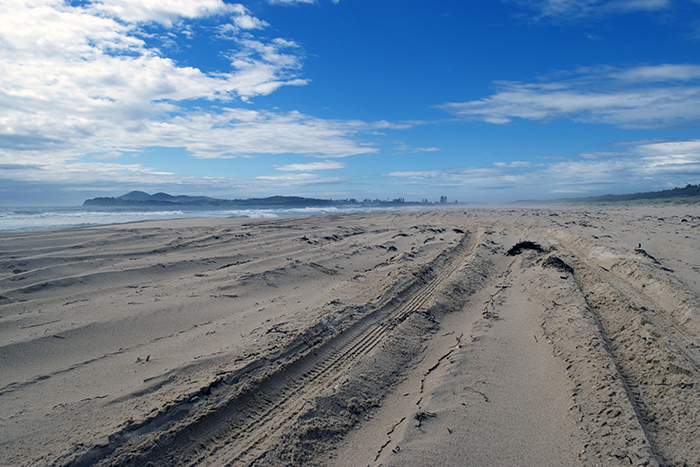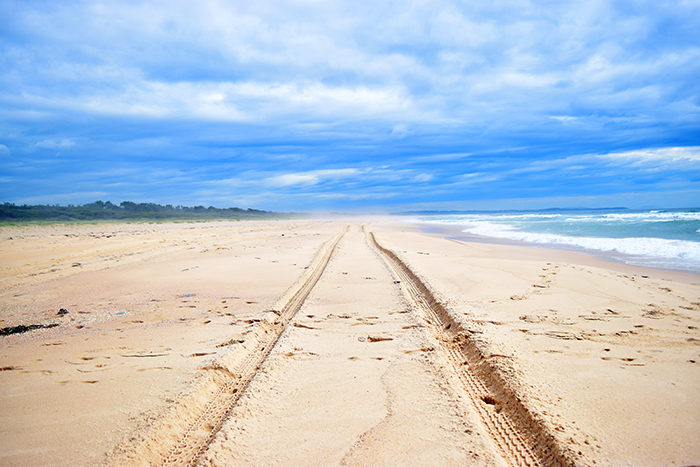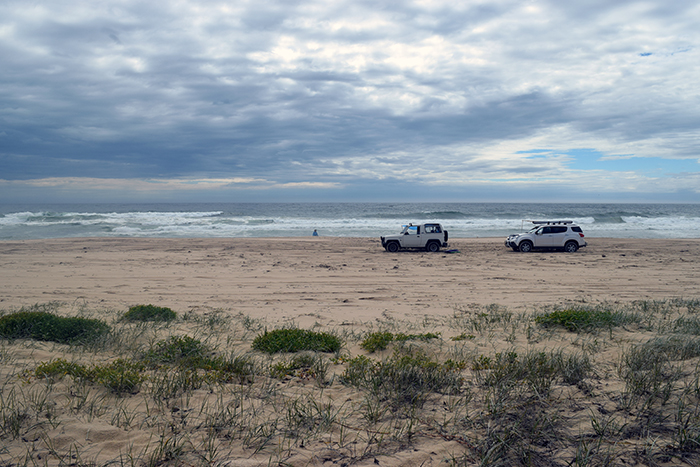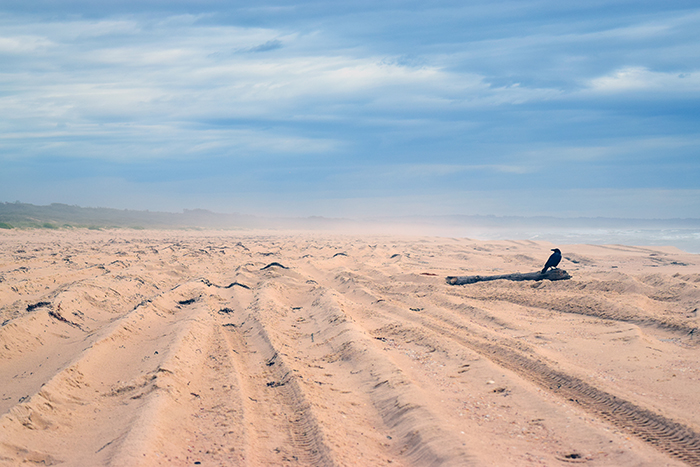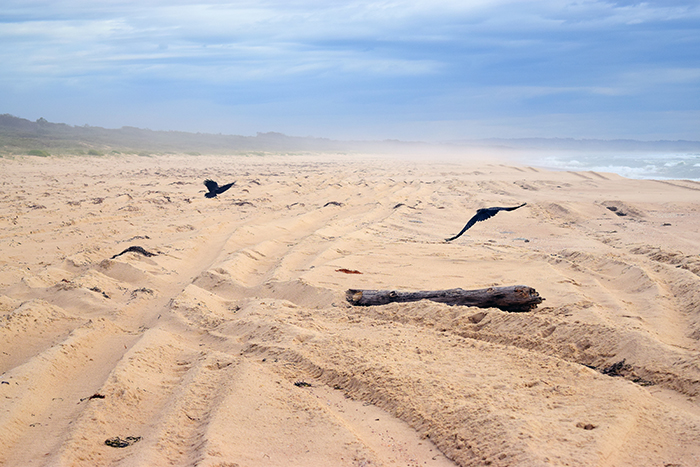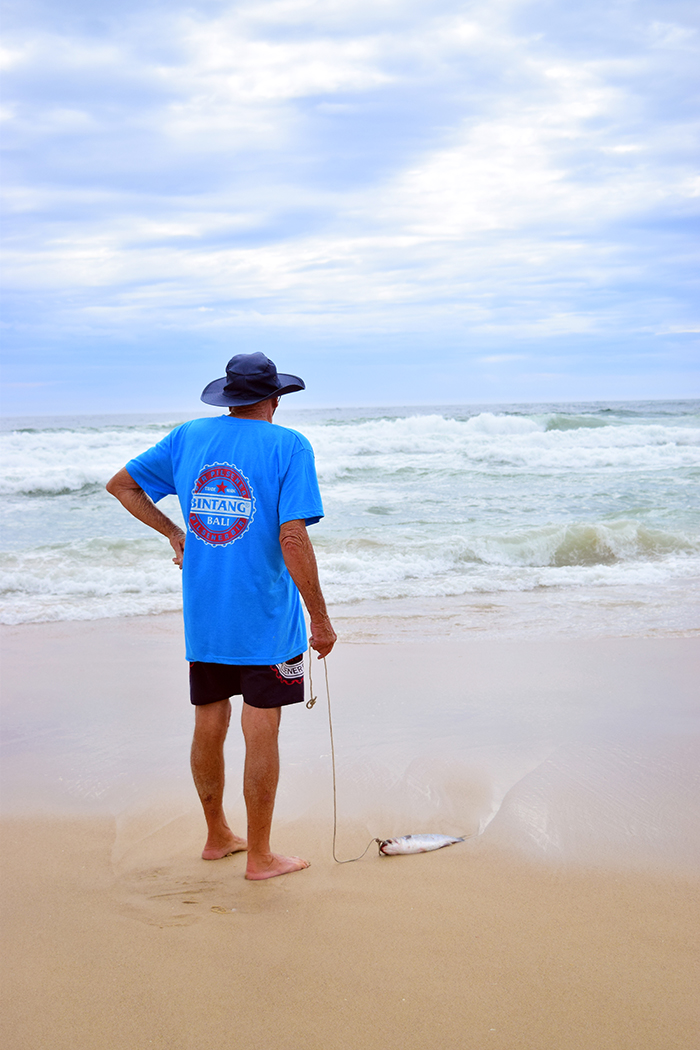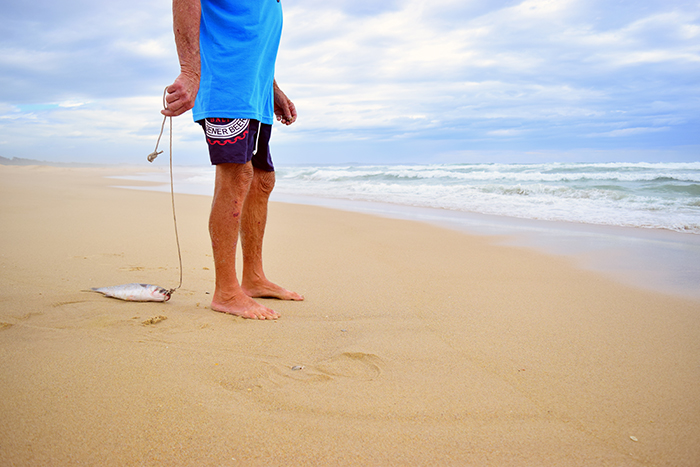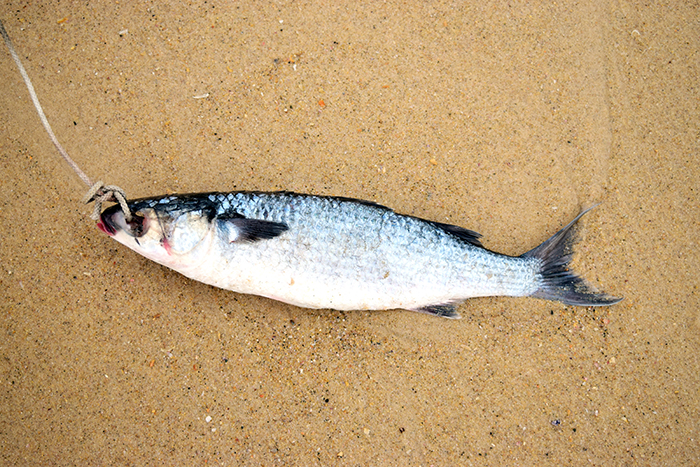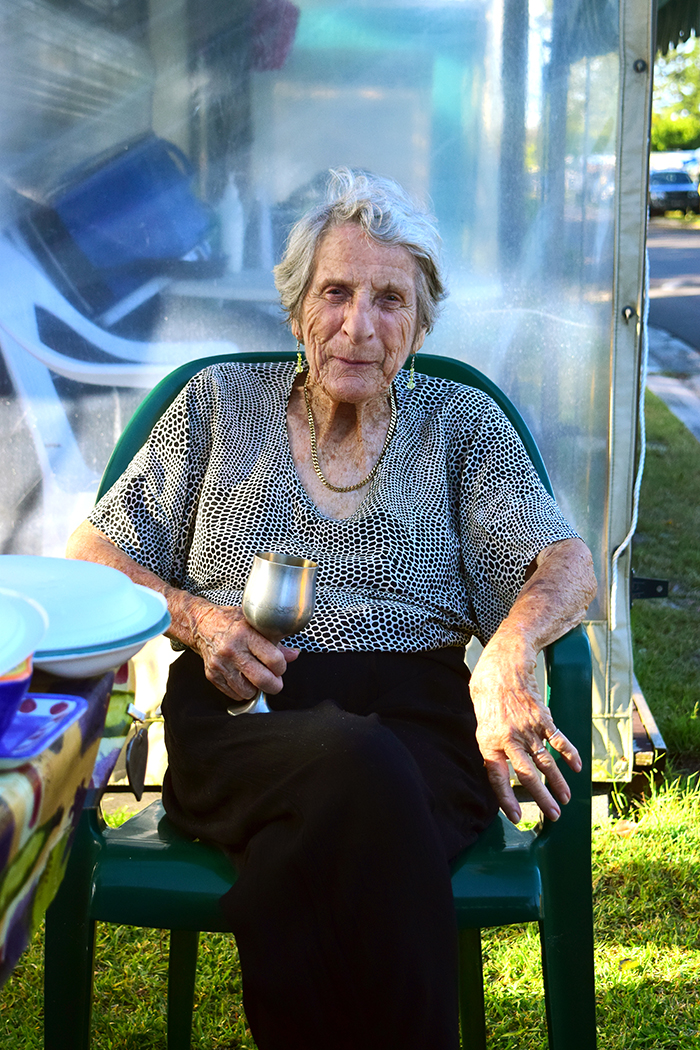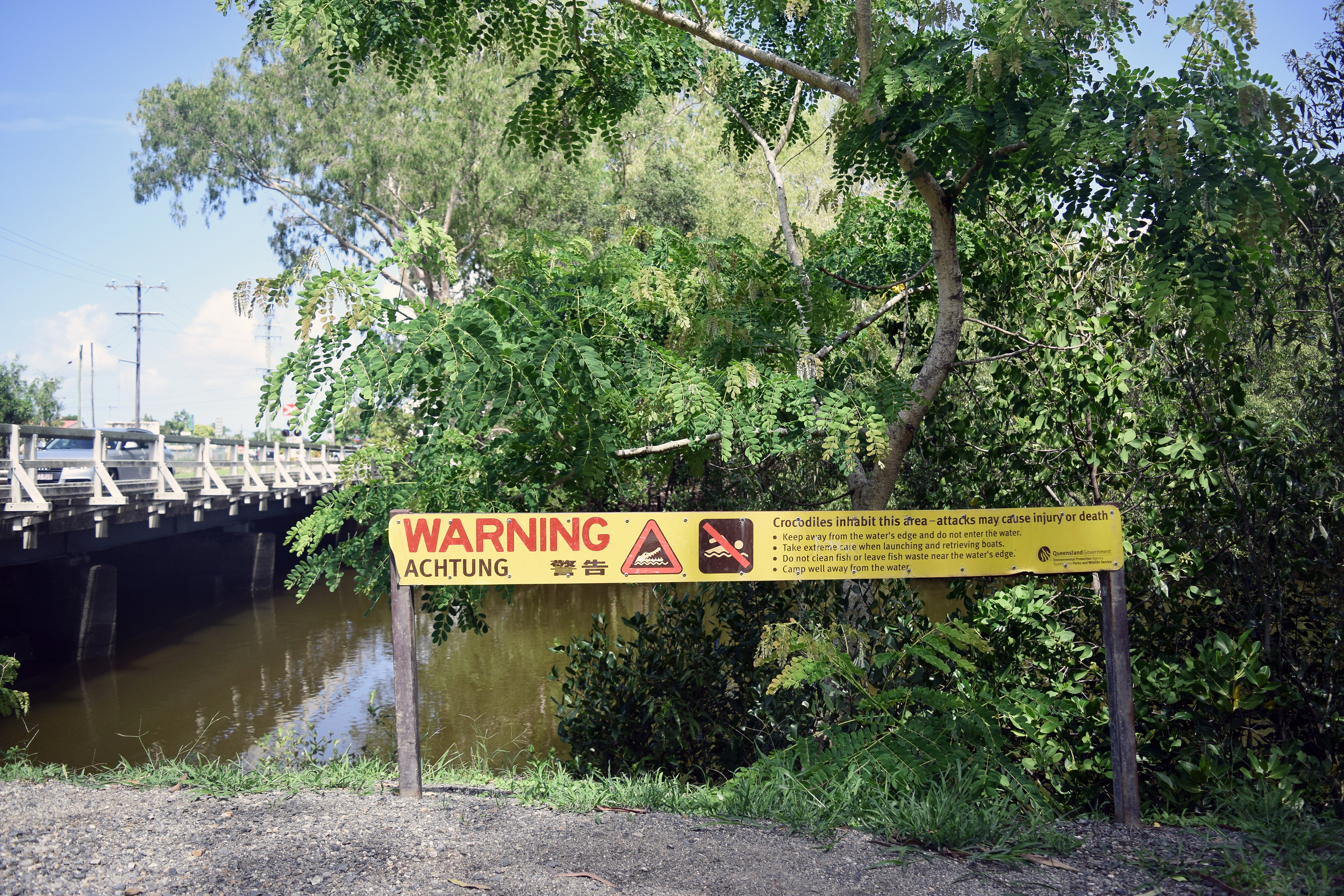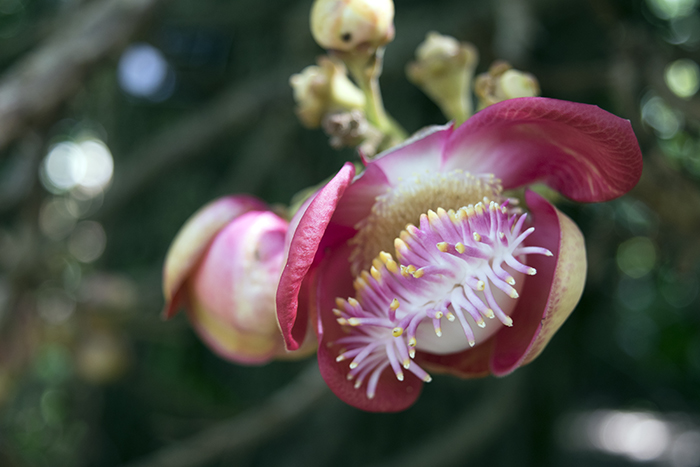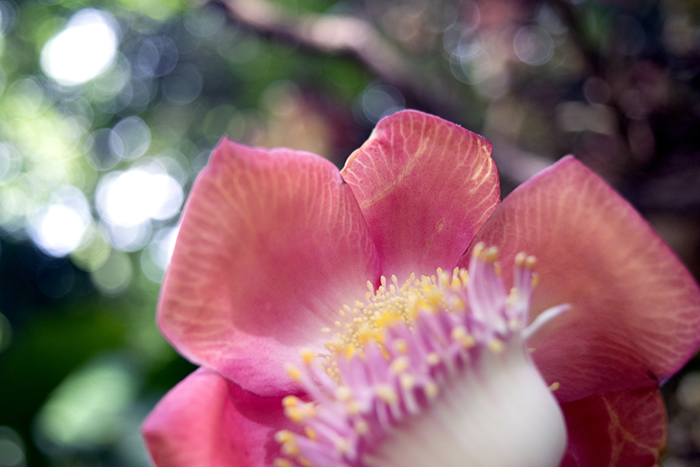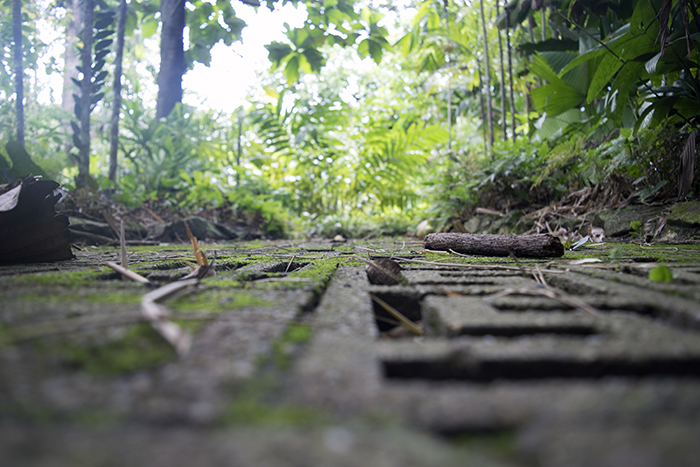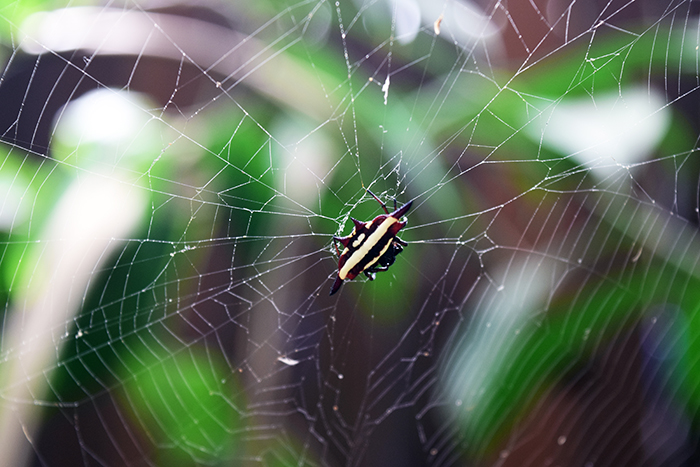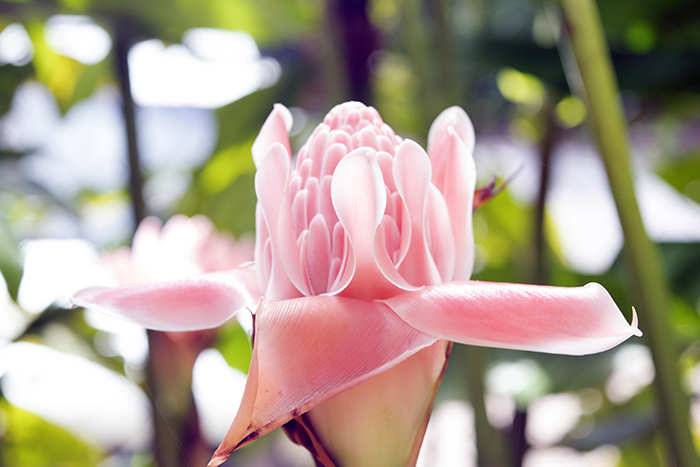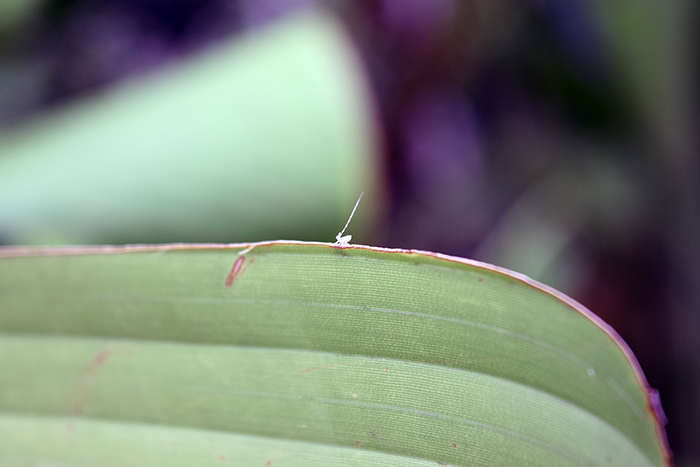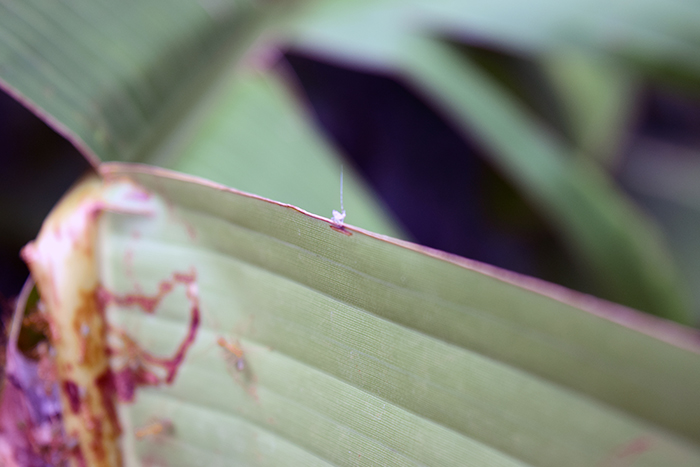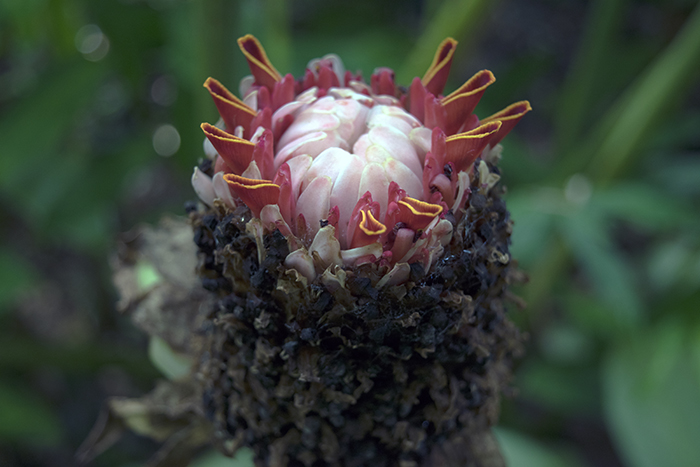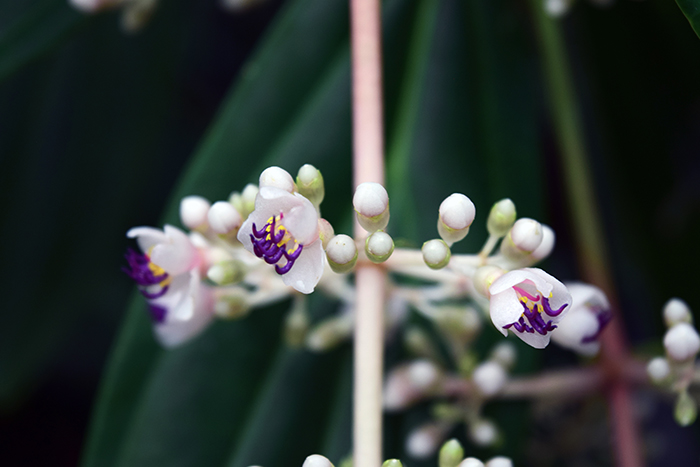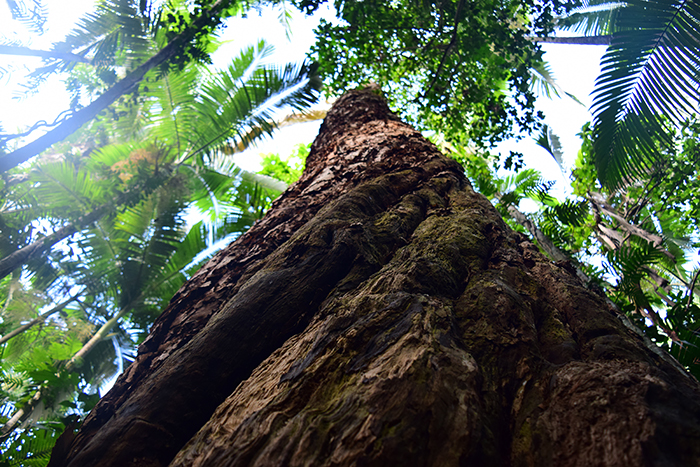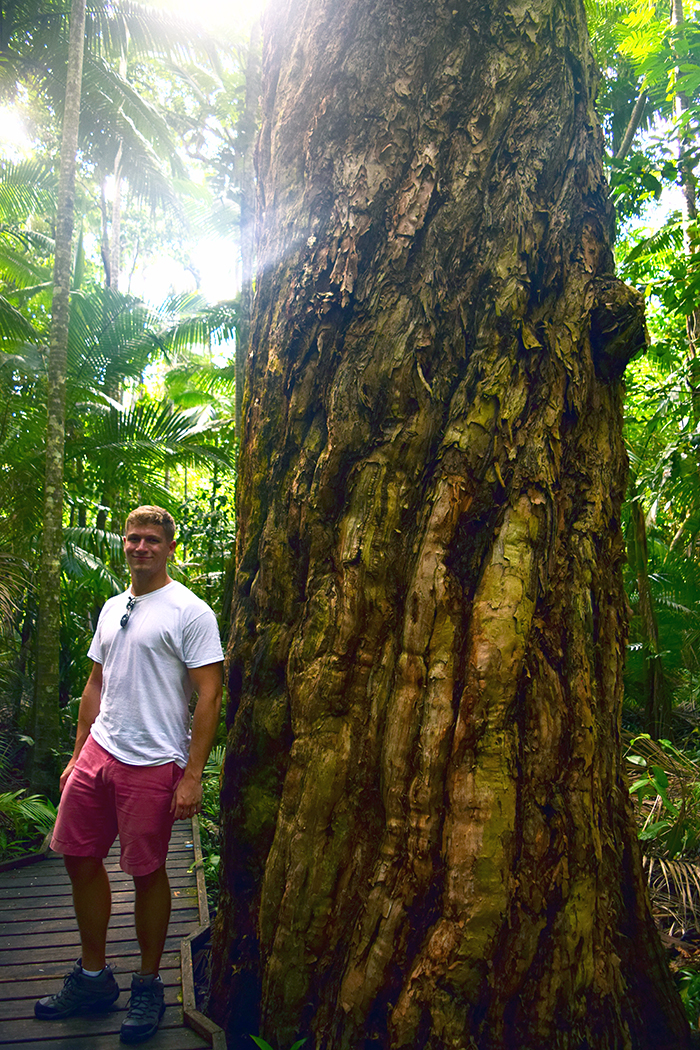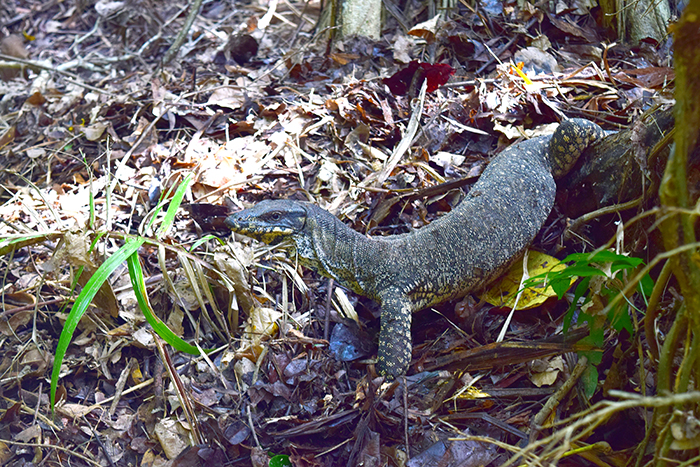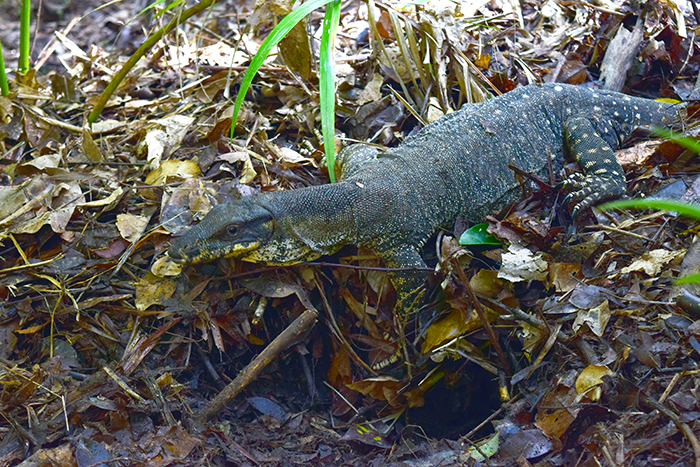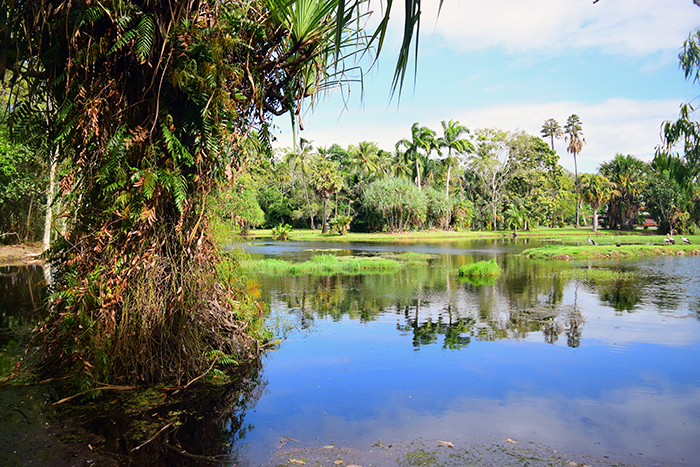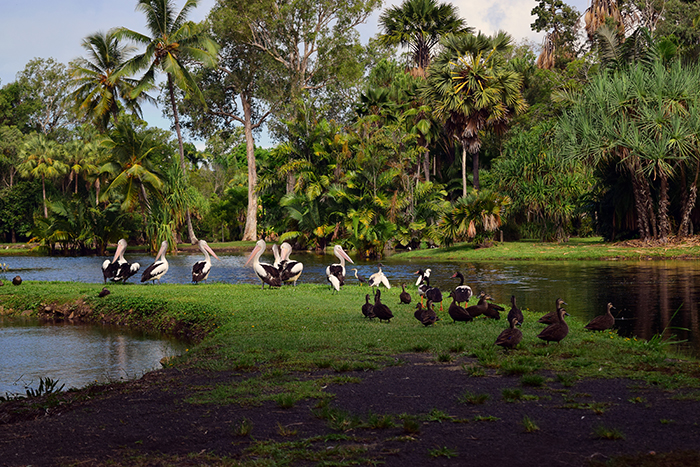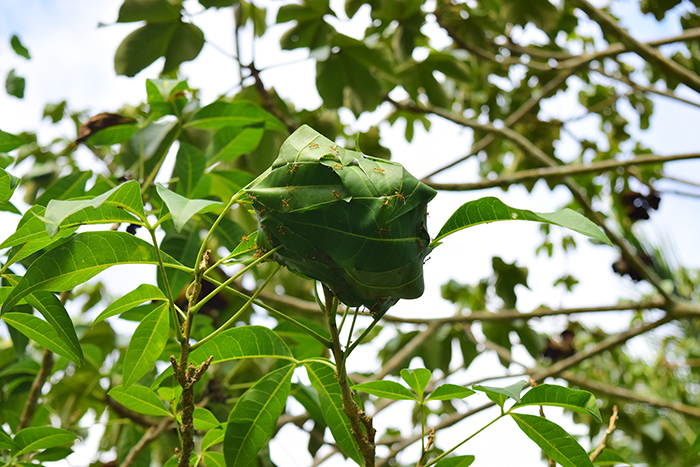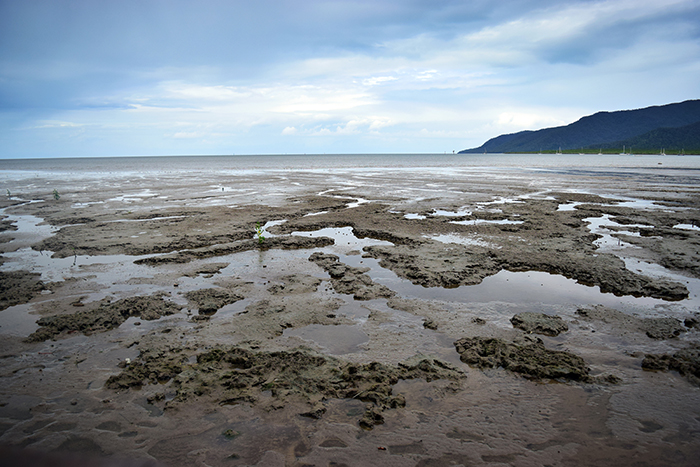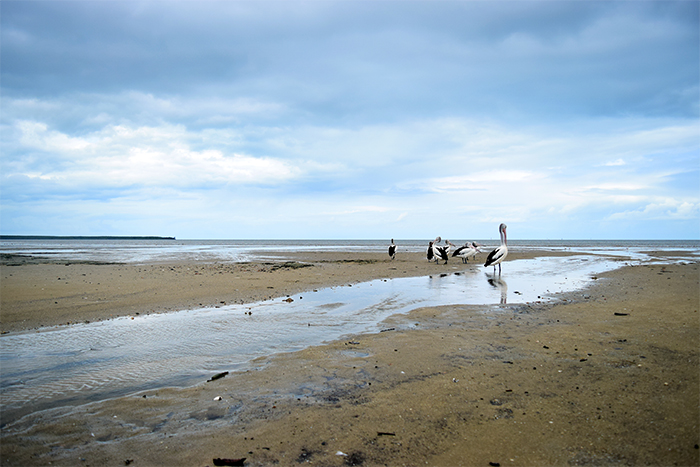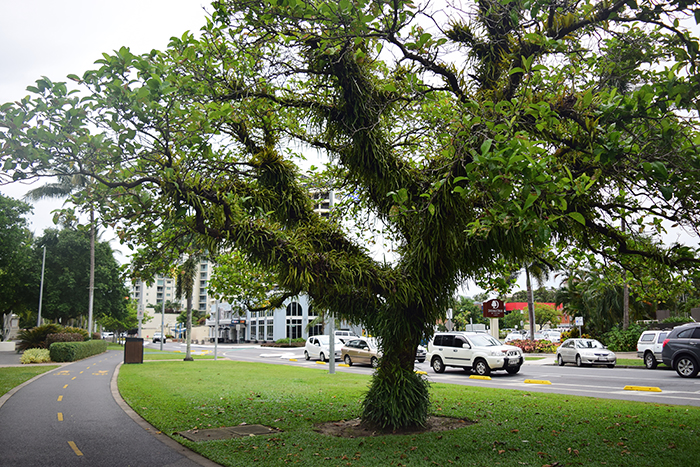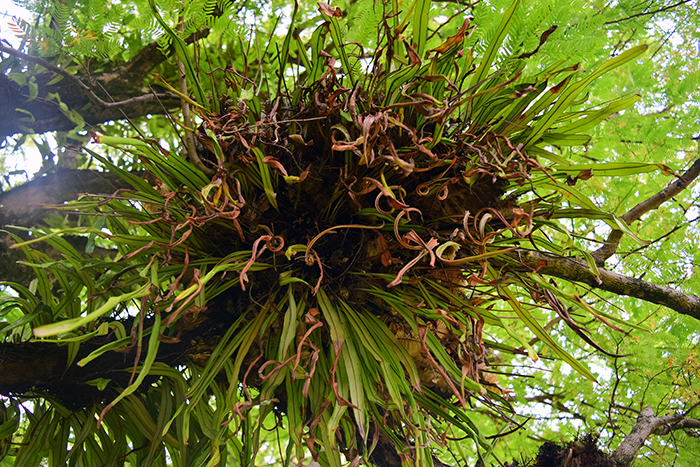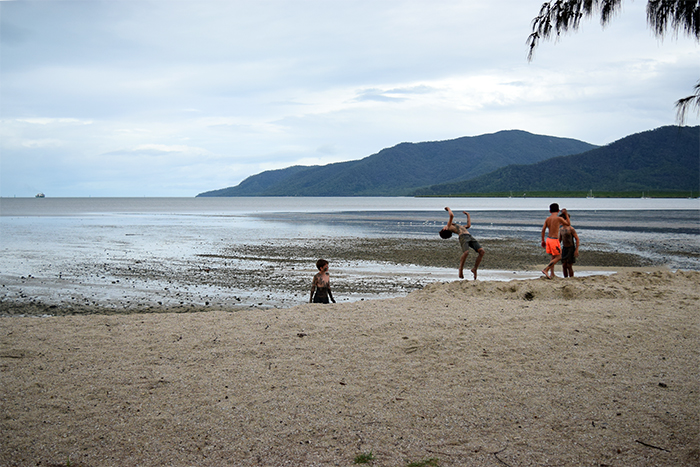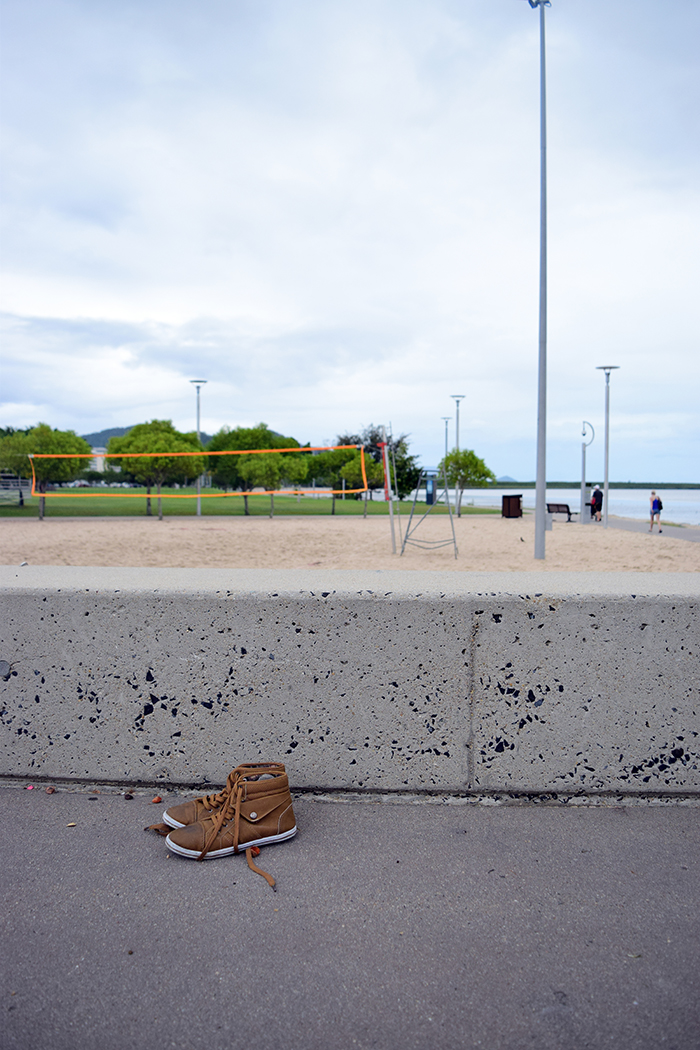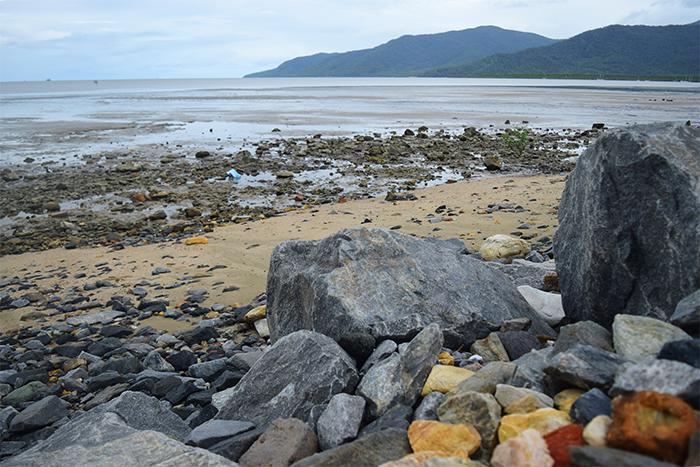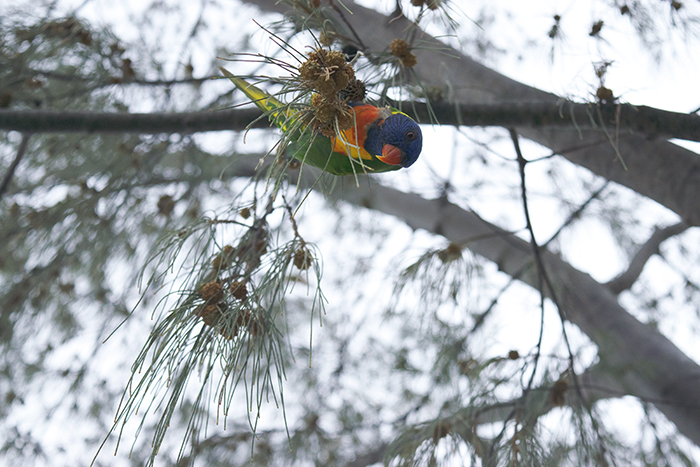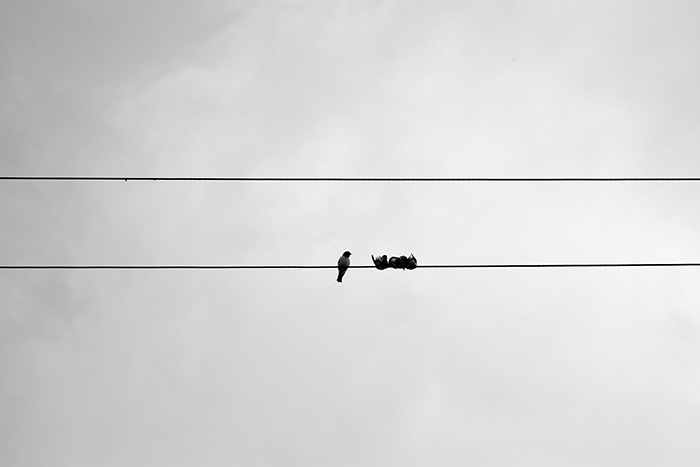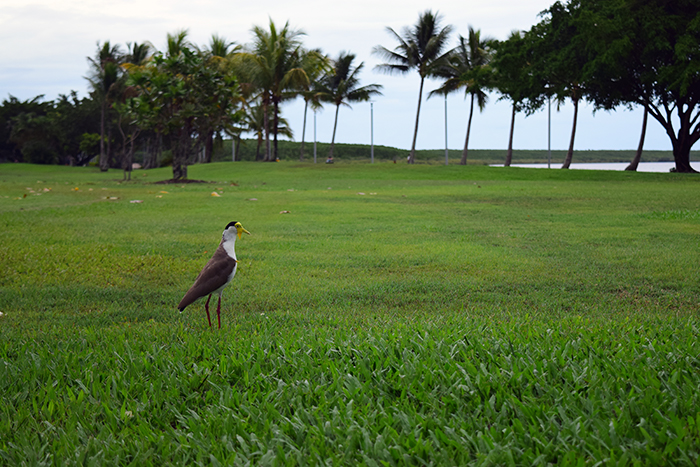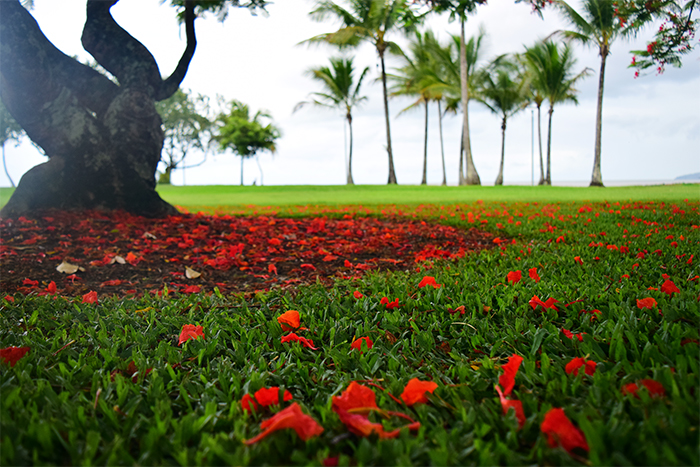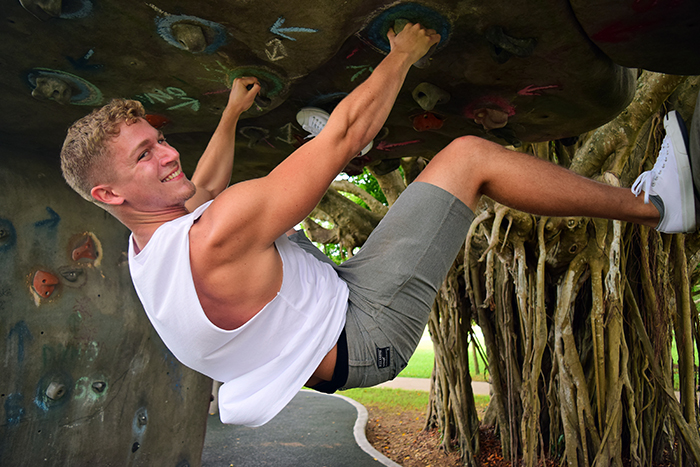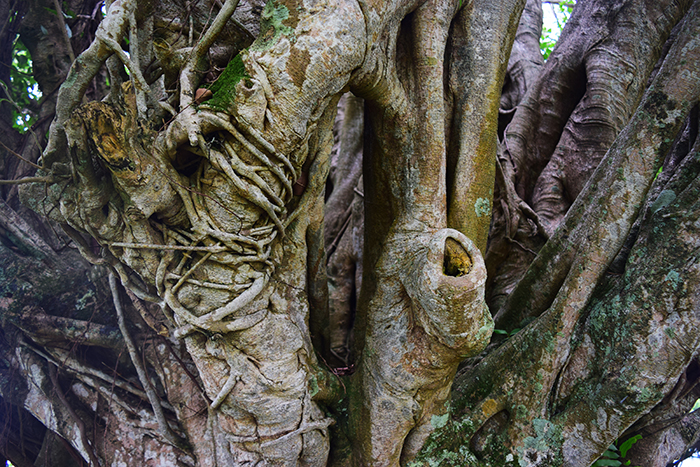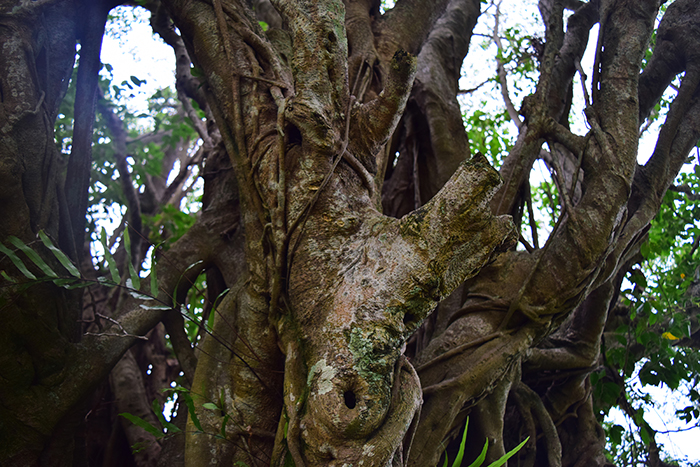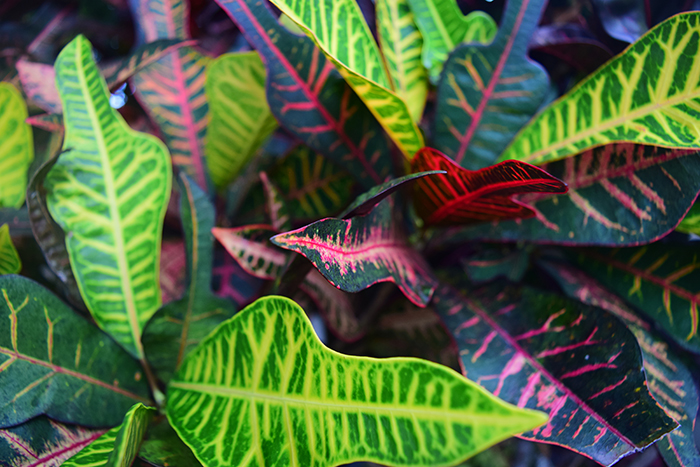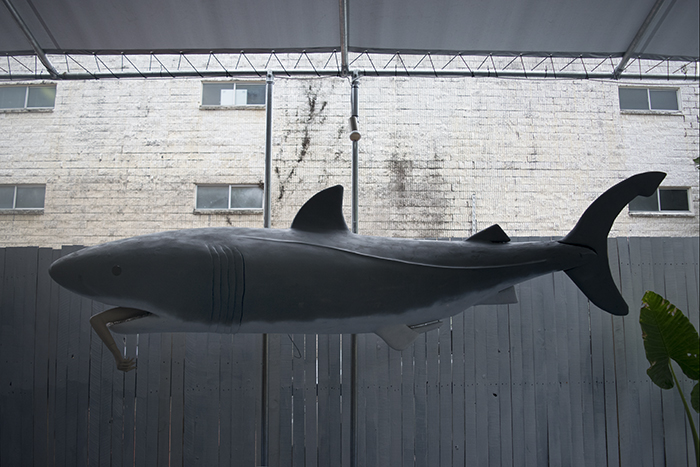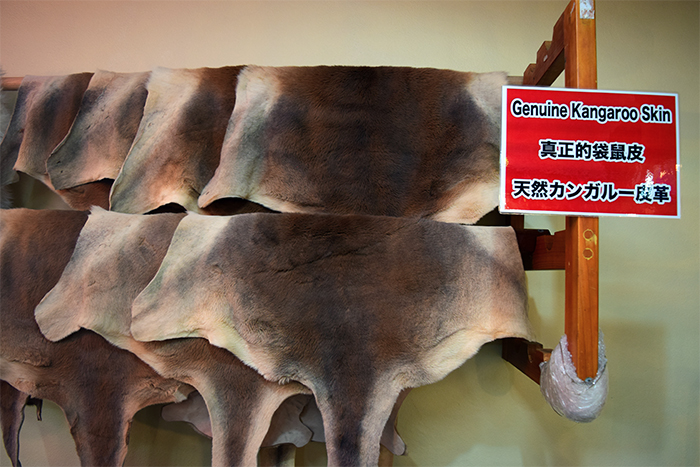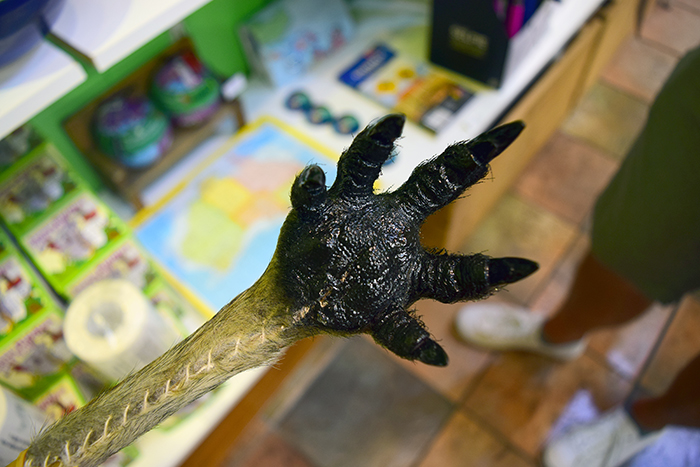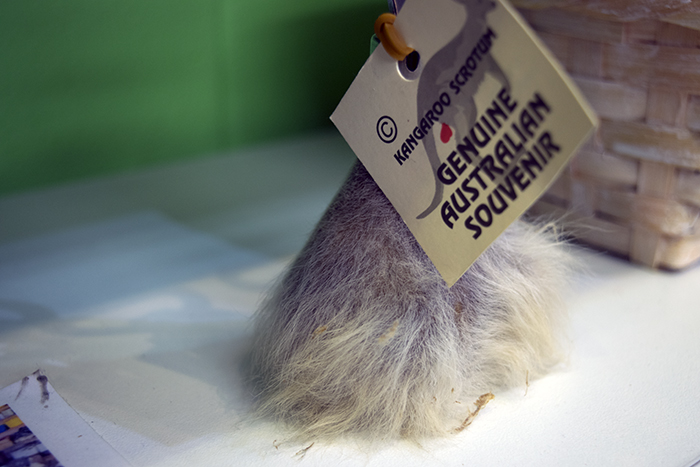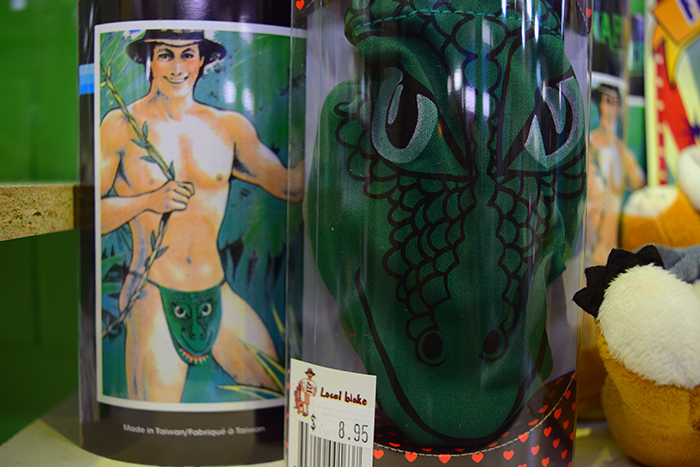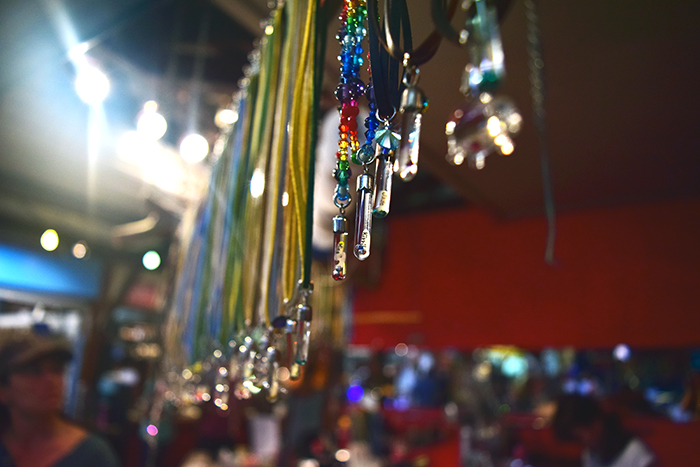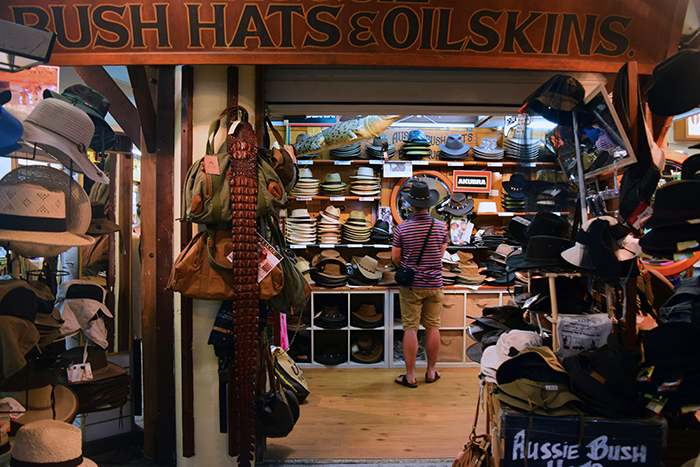Location: Forster, New South Wales, Australia
Price: $11 Goon Sack
Trailer parks in the United States have a bit of a dirty reputation, but Australia’s holiday parks foster a completely different style of camper van vacation. Grandparents, cousins, stepbrothers, and toddlers all pile into caravans with their swimmers, thongs, eskys (read: coolers) of boxed wine and beers, sunnies, and heaps of SPF 30. Then they drive down to one of the many mini-paradises along Australia’s coastline, park their cars and campers, and set up for anywhere from a week to a few months of fun-in-the-sun.
Forster, New South Wales is home to one of these many home-away-from-homes. I was invited by my friend, Courtney, to join her on a getaway to her aunt and uncle’s camper. Before we left, she warned me we would be drinking our way through the entire trip. So we loaded up the car with cheap sparkling wine and made the hour and a half drive from Newcastle to Tuncurry Beach Holiday Park.
On arrival we transformed from responsible, respectable (I use that term loosely) adults into lazy teenagers basking in a summer vacation: our days revolved around swimming in the deep, murky waters of the rock pool, chasing down Mr. Whippy (the ice cream truck that tours the park every twilight) for a drippy, creamy helping of soft serve, watching dolphins play in the harbor, taking Bloody Mary oyster shots at the nearby pub, and wandering around barefoot, trying our hardest not to spill our drinks. Time and dates faded away into carefree bliss; our only measure of our days was the distance to the fish fry, an annual event hosted by Courtney’s grandparents and attended by 10-15 family friends. It’s BYOB and every guest contributes a light side dish to complement the main course: freshly caught, filleted, crumbled, and lightly fried whiting and bream. The best part of it is that everyone is involved. Over the course of several weeks, one family catches the worms for bait, and another catches the fish, and then another cooks them for everyone.
One morning we joined a family for a lesson in worming. It was a muggy day, but the beach was hazy, cool. The surf was rough, and waves crashed hard against the pale sand. We followed Brian, an expert wormer, to the shoreline. He dragged behind him a dead mullet (read: the fish, not the hairdo) with a rope knotted through the spot where its eyes had once been.
One of his grandchildren trailed behind, dug her fingers into the sand and pulled out a mollusk, which she repeatedly smashed against a rock until the shell broke. She tore into it with tiny fingers, ripped out the orange meat inside, and handed it to Brian. He held it in one palm, his other twisted around the mullet rope.
He stood silently where the waves met the sand, staring calmly at the white, foaming break. The frigid water splashed up over his toes but he didn’t wince. His eyes searched the ground around him. Then, in a strange, slow, graceful dance, he began swinging the mullet in loops across the sand. After a minute, he tugged the fish back and we saw the smallest movement by his feet, barely visible unless you were right above it; a worm wiggling its way to the surface and reaching out with teeny bared claws. Brian held the mollusk out to the worm and as it latched on, he tugged upward, exposing more of the slimy creature’s red, tube-like body. He grabbed it between his index finger and thumb, lifted the worm out of the sand, and tossed it in a plastic, yellow sandcastle bucket. We all cheered.
The afternoon of the fish fry we pushed together several tables beside Courtney’s grandparents’ trailer and dragged over a stack of foldable chairs. We lined the tables with thick, waterproof cloths and set out plastic champagne flutes at the seats nearest our esky of wine. Behind our chatter you could hear birds chirping, waves breaking against the rock walls in the harbor, and hot oil bubbling in the frier on the patio. We sat in front of paper plates piled high with fish and chips and ate and drank under the sun.

